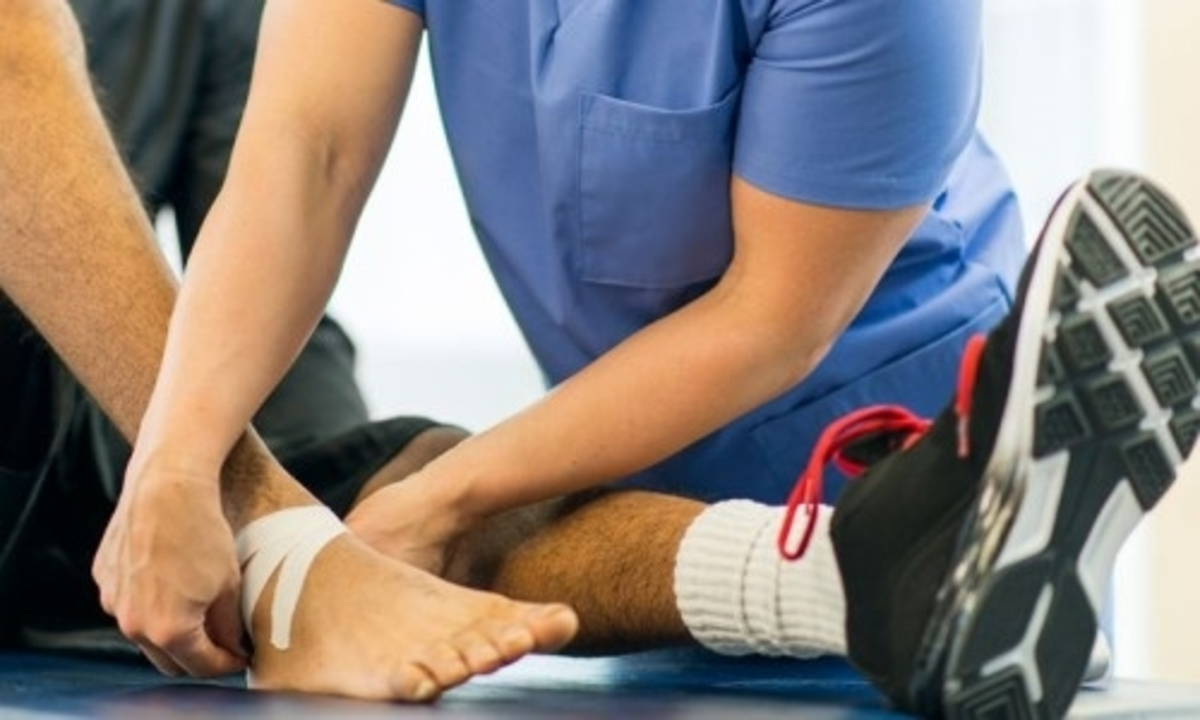Contact Sports: Quick, Practical Tips for Staying Safe and Getting Back in the Game
Playing contact sports is thrilling, but injuries happen. This page gives clear, usable advice: how to prevent the common problems, what to do right after an injury, when to see a doctor, and which basic medicines or wound-care steps can help. No fluff — just the stuff you can use on the sideline and during recovery.
What breaks, bends, or knocks out players most often
Sprains and strains (ankle, knee, hamstring), contusions (bruises), cuts and lacerations, and concussions top the list. Broken bones and dislocations happen less often but need urgent care. Skin infections and turf-related rashes are common too. Knowing what each looks like makes your next move easier.
Immediate care for sprains: stop the activity, use RICE (rest, ice, compression, elevation) for the first 48–72 hours, and avoid putting full weight on a seriously swollen joint. For deep cuts, heavy bleeding, or a visible deformity in a limb — go to the emergency room right away.
Head hits and concussions: don't guess
If a player is dazed, confused, vomiting, has a severe headache, or lost consciousness — sit them out and get assessed by a medical pro. Concussion protocols vary by sport, but the rule is simple: no return to play until cleared by a clinician trained in concussion management. Rest, slow return to light activity, and monitored progression back to full play are the standard steps.
Wound care and infections: clean cuts immediately with water, apply pressure to stop bleeding, use a sterile dressing, and check tetanus status if the wound is dirty. Superficial wounds can often be managed with over-the-counter antiseptic and a clean bandage. Deep or contaminated wounds may need stitches and sometimes an antibiotic — a clinician will decide if a drug like cefaclor or other options are appropriate.
Pain and swelling: for short-term relief, acetaminophen or an NSAID (ibuprofen, naproxen) can help. Use the lowest effective dose for the shortest time. If swelling or pain is severe or won’t improve in a few days, see a sports medicine specialist — sometimes imaging or a specialist program is needed.
Rehab and return-to-play: start with gentle range-of-motion work, then add strength and balance drills. A physical therapist who knows sports rehab can speed recovery and lower re-injury risk. Don’t rush. Returning too early often leads to repeat injury.
Prevention that actually works: wear proper protective gear, keep conditioning and neck/core strength on point, warm up and cool down, and stay hydrated. Teach proper tackling or blocking technique and enforce rules that reduce risky plays.
Newer options and when to ask about them: some clinics are exploring treatments like pentosan polysulfate for soft-tissue healing and inflammation. These are not first-line fixes — bring questions to your clinician and weigh evidence and cost before trying newer therapies.
Bottom line: treat obvious emergencies fast, use simple first aid for common injuries, lean on a sports clinician for head injuries or persistent problems, and focus on prevention so you spend more time playing and less time on the bench.
